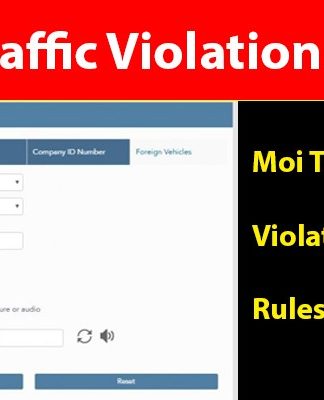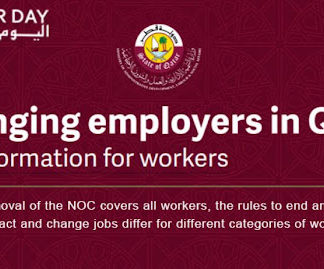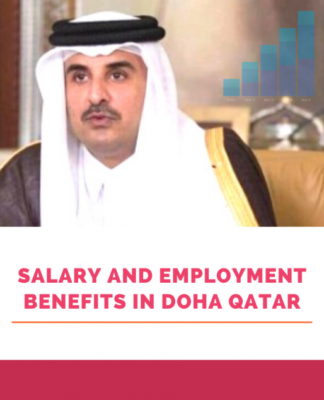AMNC 2023
Global Value Chain Barometer Q2/2023: The calm before a storm?
Jun 22, 2023
Global value chain resilience key to ensuring stable operations.
Global value chain resilience key to ensuring stable operations.
Image: Unsplash/Ian Taylor
Kyriakos Triantafyllidis
Head of Growth and Strategy, Centre for Advanced Manufacturing and Supply Chains, World Economic Forum
Per Kristian Hong
Senior Partner, Strategic Operations, Kearney
Share:
A hand holding a looking glass by a lake
CROWDSOURCE INNOVATION
Get involved with our crowdsourced digital platform to deliver impact at scale
Stay up to date:
AMNC 2023
This article is part of:
Annual Meeting of the New Champions
Listen to the article
7 min listen
Manufacturers worldwide are still facing a highly volatile market environment, making global value chain resilience key to ensuring stable operations.
The World Economic Forum’s Global Value Chain Barometer aims to give manufacturing and supply chain bosses an overview of disruption levels.
The barometer, produced in collaboration with Kearney, highlights how execs must rethink operations and global value chains, with resilience at their heart.
Manufacturers around the globe are still facing a highly volatile market environment marked by geopolitical tension, labour shortages and inflation, making global value chain resilience a necessity to ensure stable operations.
To support manufacturers in building more robust value chains, the World Economic Forum – in collaboration with Kearney and powered by data provided by Everstream Analytics – quarterly issues the Global Value Chain Barometer.
The barometer aims to give manufacturing and supply chain executives an overview of global value chain disruption levels. The first section plots megatrends driving disruption as well as resulting operational disruptions, while the second provides an outlook of the next six months and identifies leading strategies for manufacturers to best prepare for these developments.
The Q2 2023 issue of the barometer indicates value chain disruption has stabilized at a high level. Here we explore what this tells us about the current state of global value chains, why we do not see a relaxation in the medium term, and why we think this is the calm before a storm – as well as the big structural challenges are yet to come.
What does the latest Global Value Chain Barometer tell us about the present?
After three years of supply disruption driven by the mega-trends of climate change, geopolitical tension and technological step-change, disruption levels seem to have stabilized in Q2 2023 compared with 2022, albeit at an elevated level.
Megatrends driving global value chain disruption
Megatrends driving global value chain disruption Image: World Economic Forum in collaboration with Kearney
This is reflected in a stable trend for operational disruptions – data indicates companies have gotten better at adapting to, and operating in, higher volatility.
However, this period of relative relaxation could be the calm before a storm. Any relaxation we see on supply markets might, indeed, not be driven by a higher availability of supply, but rather a downturn of demand driven by the impeding risk of recession in many markets.
While different industries face different challenges, underlying issues affecting all markets have not been resolved. For instance, labour and talent shortages are still commonplace, inflation is still at record levels in many markets, and cybercrime is on the rise.
Furthermore, geopolitical tension, trade wars and open conflicts still pose challenges to supply security in all industries. The ongoing decoupling and reshoring trends will uproot supply bases and lead to the emergence of new supply clusters – and the ongoing sustainability transformation, driven by climate change and related disruptions, will accelerate this effect.
What manufacturers can do in the medium term to build resilience
The current period of comparable stability might be a short reprieve for firms – and an opportunity they can take to focus on mid- and long-term strategies to rethink their global operations setup with resilience at the core.
Strategic outlook—implications in the next six months
Strategic outlook—implications in the next six months Image: World Economic Forum in collaboration with Kearney
Based on these developments, we have mapped a strategic outlook for the next six months and a selection of leading strategies manufacturers can implement to proactively build resilience.
These leading strategies are derived from the resiliency compass – a framework for organizations to accelerate the resilience-building process and define the new priorities and actions needed to prepare for, and respond to, future disruptions impacting global value chains – and its series of playbooks that outline actionable strategies employed by leaders to fortify their value chain.
The Resiliency Compass Image:
The resiliency compass. Image: World Economic Forum/Kearney
Creating transparency in the supply base by mapping it to Tier 2 and beyond will help firms understand where they are at risk due to geopolitical developments and consequently identify and empower local alternatives. It will also highlight new emerging supply clusters, driven by re- and nearshoring trends.
Advanced planning capabilities will help firms create this transparency. They can leverage insights and data generated to preemptively identify vulnerabilities and threats – for example, by building digital twins to explore different scenarios and evaluate potential solutions.
Building this transparency can support firms in improving their insight into their suppliers’ financial viability. Challenging market conditions like high energy prices and inflation might have negatively affected the financial position and competitiveness of suppliers. But financial viability does not stop there.
Have you read?
The Resiliency Compass: Navigating Global Value Chain Disruption in an Age of Uncertainty
Charting the Course for Global Value Chain Resilience
A Global Rewiring: Redefining Global Value Chains for the Future
Firms can leverage the transparency to explore how their customer base might react to the risk of recession and an inflationary environment. Insights from building this transparency can help manufacturers to revisit their demand plans for 2024 and adjust chain capacity accordingly.
Many manufacturers are also facing a volatile market environment themselves – with potentially plummeting demand, inflationary raw material and energy costs, and high inventory holding costs due to stockpiling during the past years – that could have a negative impact on both earnings before interest and tax, and cashflow.
As a result, leading firms have started to pay stronger attention to their free cash flow to ensure that they will be able to make investments into long-term resilience investments.
What does this mean for resilience – and your broader operations strategy?
The change from reacting to crises to navigating long-term structural challenges gives us an opportunity to re-think and re-visit what resilience means.
This requires going beyond making adjustments in silos to react to a volatile environment, and toward fundamentally rethinking operations and global value chains with resilience at their heart.
DISCOVER
How is the World Economic Forum ensuring sustainable global markets?
While the focus of the past few years has been on the supply side of the resiliency compass due to supply scarcities, the current climate makes it important to look at the demand-side dimensions and beyond to build holistic, end-to-end resilience.
Resilience has become more than a headline – it is a fundamental tool of successful companies, and an additional lens through which we need to look at all issues in operations. This is especially true if, indeed, a storm was to happen after today’s relative calm.
Don’t miss any update on AMNC 2023
Sign up for free and access the latest publications and insights across various topics.
License and Republishing
World Economic Forum articles may be republished in accordance with the Creative Commons Attribution-NonCommercial-NoDerivatives 4.0 International Public License, and in accordance with our Terms of Use.
The views expressed in this article are those of the author alone and not the World Economic Forum.
Related topics:






























